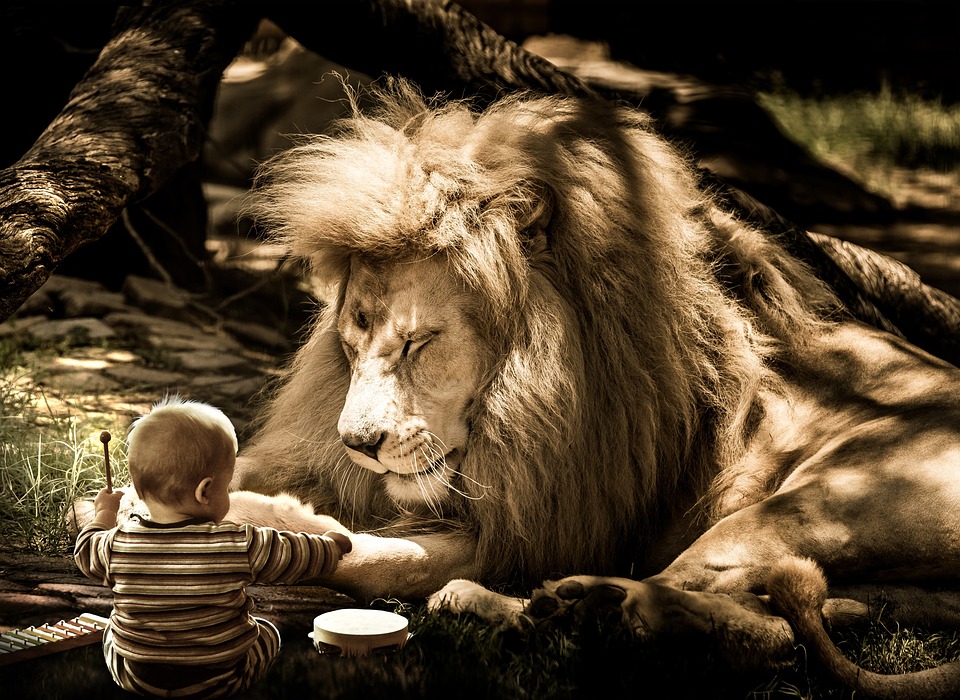Choosing the right cat food is an important responsibility for any cat owner. A cat’s diet plays a crucial role in their overall health and well-being. With so many options available, it can be overwhelming to navigate through the various brands and formulas. However, by understanding how to interpret the information on a cat food label, you can make an informed decision that supports your cat’s nutritional needs.
When evaluating a cat food’s nutritional label, there are several key components to consider. These components will help ensure that your cat’s dietary requirements are being met.
The first thing to look for on a cat food label is the AAFCO statement. The Association of American Feed Control Officials (AAFCO) establishes the nutritional standards for pet foods in the United States. The AAFCO statement confirms whether the cat food meets the minimum nutritional requirements for a particular life stage, such as growth, maintenance, or all life stages. It is important to choose a cat food that is appropriate for your cat’s life stage.
Next, examine the ingredients list. Ingredients are listed in descending order by weight. Look for high-quality protein sources, such as chicken, turkey, or fish, listed as the first few ingredients. Avoid cat foods that contain vague or generic terms like “meat by-products” or “animal digest.” These terms may indicate lower-quality protein sources.
The guaranteed analysis section provides information about the nutrient content of the cat food. It typically includes percentages of crude protein, crude fat, crude fiber, and moisture. While these values give you a general idea, keep in mind that the actual digestibility and quality of these nutrients can vary. Be cautious about cat foods with excessively high levels of crude protein or fat as they may not be easily absorbed by your cat’s digestive system.
The nutritional adequacy statement reveals whether the cat food is formulated to meet the nutritional needs of cats or if it’s intended as a treat or supplemental feeding only. Look for phrases such as “complete and balanced” or “formulated to meet the nutritional levels established by the AAFCO.”
In addition to these key factors, you may also want to consider specific nutritional needs for your cat. For instance, if your cat has allergies or sensitivities, look for cat foods that are grain-free or contain limited ingredient lists. If your cat requires weight management, choose a cat food labeled as “light” or “weight control.” Some cat foods also contain added supplements like omega-3 fatty acids or probiotics, which can provide additional health benefits.
Now, let’s address some frequently asked questions about cat nutrition.
1. How much should I feed my cat?
Feeding guidelines can vary depending on your cat’s age, weight, activity level, and overall health. It’s best to consult with your veterinarian to determine the appropriate portion sizes for your cat. Remember, overfeeding can lead to obesity, while underfeeding can result in malnutrition.
2. Should I choose wet or dry cat food?
Both wet and dry cat foods can be nutritionally balanced, but they have different benefits. Wet food is typically higher in moisture content, which helps support hydration and urinary tract health. Dry food, on the other hand, can be more convenient and beneficial for dental health. A combination of both wet and dry food can be a good compromise.
3. Can I switch my cat’s food abruptly?
Cats can be sensitive to sudden dietary changes, which may lead to digestive upset. To transition your cat to a new food, gradually mix increasing amounts of the new food with decreasing amounts of the old food over a period of 7-10 days. This allows their digestive system to adjust gradually.
4. Are homemade diets better than commercial cat foods?
While some cat owners opt for homemade diets, it’s essential to ensure they are nutritionally balanced and meet all of your cat’s needs. Formulating a homemade diet can be challenging, as it requires careful calculation of nutrients. Consult with a veterinary nutritionist to ensure your homemade diet is appropriate for your cat.
In conclusion, choosing the right cat food is crucial for maintaining your cat’s health and happiness. By understanding how to read and interpret a cat food’s nutritional label, you can make an informed decision that meets your cat’s specific needs. Remember to consult with your veterinarian for personalized advice and recommendations. Providing your cat with a well-balanced and nutritious diet is one of the best ways to ensure a long and healthy life.








